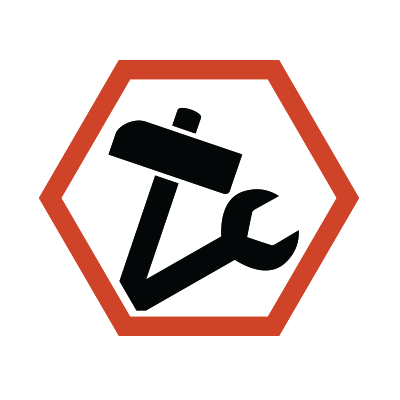Excavation work is a fundamental aspect of construction projects, ranging from small residential sites to massive commercial developments. This is also vital in mining industries, which range from coal to metalliferous mining. However, the risks associated with excavation are substantial, making safety measures crucial. According to OSHA, excavation and trenching are among the most hazardous construction and mining operations, with a high rate of accidents and fatalities. This post aims to guide mining and construction professionals and excavator operators through the essential steps for ensuring safe and successful excavation practices.
Preparing for Excavation
Obtaining Necessary Permits and Understanding Local Regulations
Before starting any excavation project, securing the necessary permits is critical. Each locality has its own set of regulations governing excavation work, and it’s imperative to adhere to these rules to avoid legal complications. Contacting local authorities and understanding the specific requirements will lay the groundwork for a compliant and smooth operation.
Site Evaluation and Planning for Utilities and Environmental Factors
A thorough site evaluation is essential to identify potential hazards and plan for a safe excavation. This involves assessing the location for underground utilities such as gas lines, water pipes, and electrical cables. Failure to locate these utilities can result in severe injuries and significant project delays. Additionally, considering environmental factors like soil type and weather conditions can mitigate risks and enhance safety.
Safety Protocols and Best Practices
Discussion on OSHA Safety Standards and How to Implement Them
The Occupational Safety and Health Administration (OSHA) has established comprehensive safety standards to protect workers in excavation sites. Familiarizing yourself with these guidelines and implementing them on-site can significantly reduce the risk of accidents. Key elements include proper sloping, shoring, and shielding techniques to prevent collapses and protect workers.
Training Requirements for Operators and Workers
Ensuring that all operators and workers are adequately trained is fundamental to maintaining a safe excavation site. Training should cover operating procedures for machinery, safety protocols, and emergency response plans. In addition, excavator tickets certify that an operator has completed the required training and possesses the necessary skills. This and other similar civil construction and mining certifications are crucial for mitigating risks on-site. These certifications ensure that operators are knowledgeable about proper equipment handling, safety protocols, and emergency procedures. Providing ongoing training and refresher courses keeps everyone updated on the latest safety practices and technological advancements.
Proper Equipment Selection and Maintenance
Selecting the right equipment for the job is another crucial factor in ensuring safe excavation practices. Equipment should be suitable for the specific soil and ground conditions of the site. Regular maintenance of machinery is equally important to prevent malfunctions and ensure optimal performance. Routine inspections should be conducted to identify and address any potential issues promptly.
Excavation Process
Step-by-step Guide on Conducting a Safe Excavation
Conducting a safe excavation involves several critical steps. First, clearly mark the excavation site to alert workers and prevent unauthorized access. Next, remove any surface obstructions such as trees or debris. Begin the excavation process by following the planned depth and slope angles, ensuring compliance with safety regulations. Regularly monitor the site to address any emerging hazards.
Importance of Regular Inspections and Monitoring
Maintaining regular inspections throughout the excavation process is vital for identifying and addressing potential risks. Daily checks should be conducted to ensure that safety measures are in place and functioning correctly. Continuous monitoring helps in quickly adapting to changing site conditions and minimizing the likelihood of accidents.

In summary, safe and successful excavation requires meticulous planning, adherence to safety standards, and continuous monitoring. By following the steps outlined—obtaining necessary permits, conducting thorough site evaluations, implementing OSHA standards, selecting and maintaining proper equipment, and ensuring comprehensive training—you can significantly reduce risks and enhance the efficiency of your excavation projects. Prioritize safety and make it an integral part of your work culture.
Encourage your team to engage in ongoing training and stay updated on the latest industry practices. Together, let’s create a safer and more productive environment for all excavation projects.







Leave a Reply